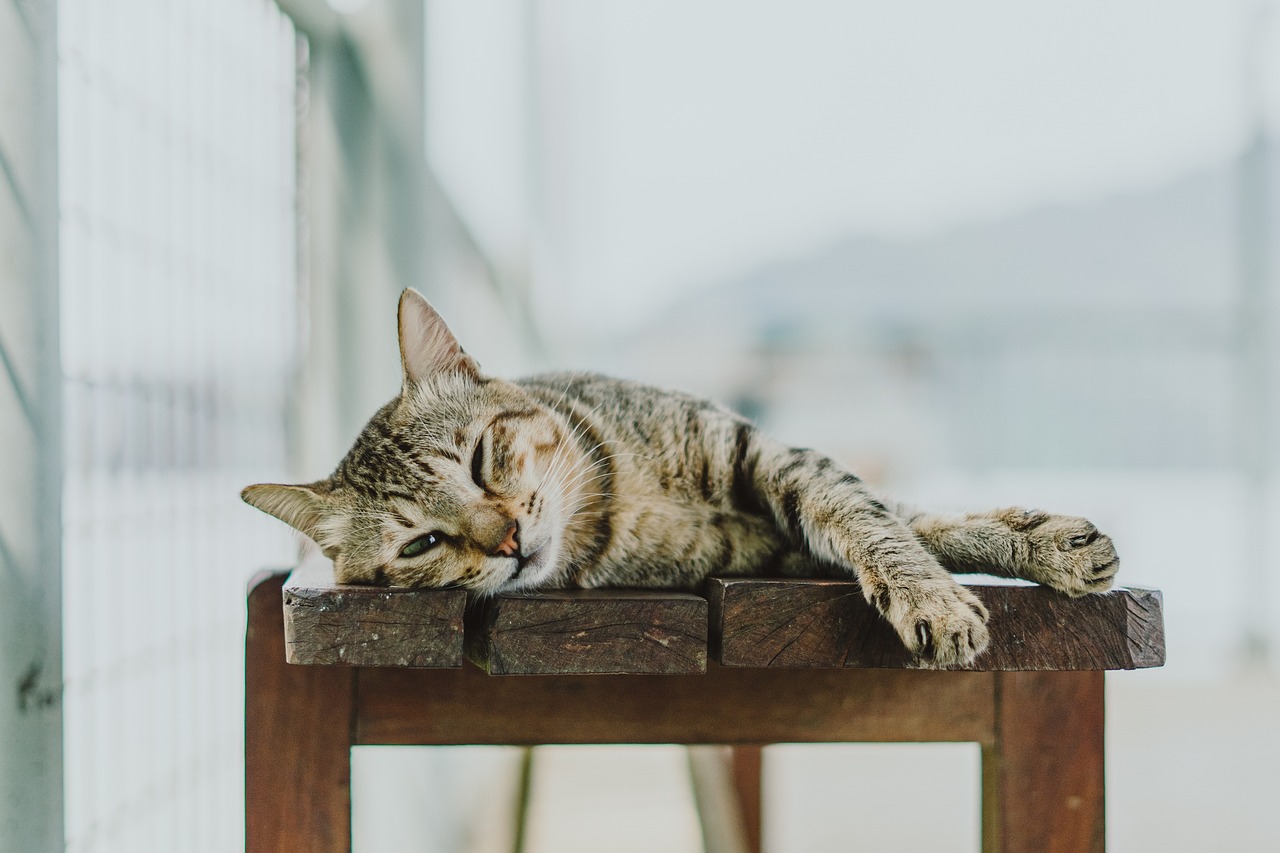
Cats are independent, mysterious, and often excellent at hiding their health issues. While they may seem perfectly fine on the outside, they could be suffering from underlying conditions that require attention. As a responsible pet owner, being aware of common feline health problems is crucial for ensuring a long and happy life for your furry friend. In this guide, we’ll explore 10 common cat health problems every owner should know—what causes them, how to recognize the symptoms, and what steps you can take to keep your cat healthy.
1. Obesity: A Silent Threat
Why is Obesity Dangerous for Cats?
Obesity in cats is more than just extra weight—it can lead to severe health complications, including diabetes, arthritis, and heart disease. Overfeeding and lack of exercise are the primary culprits behind weight gain.
Signs of Obesity:
- Difficulty grooming
- Low energy levels
- Heavy breathing after minor activities
- Noticeable weight gain
Prevention & Management:
- Provide a balanced diet with portion control
- Encourage playtime and regular exercise
- Consult a vet for a weight management plan
2. Dental Disease: More Than Just Bad Breath
What Causes Dental Issues in Cats?
Plaque buildup, gum infections, and tooth decay are common dental issues in felines. If left untreated, they can lead to pain, difficulty eating, and even organ damage.
Symptoms to Watch For:
- Bad breath
- Drooling excessively
- Difficulty chewing or avoiding food
- Swollen or bleeding gums
How to Maintain Oral Health:
- Brush your cat’s teeth regularly with cat-friendly toothpaste
- Offer dental treats and chew toys
- Schedule annual dental checkups
3. Urinary Tract Infections (UTIs) and Bladder Issues
Why Are UTIs 2. Dental Disease: More Than Just Bad Breath
What Causes Dental Issues in Cats?
Plaque buildup, gum infections, and tooth decay are common dental issues in felines. If left untreated, they can lead to pain, difficulty eating, and even organ damage.
Symptoms to Watch For:
- Bad breath
- Drooling excessively
- Difficulty chewing or avoiding food
- Swollen or bleeding gums
How to Maintain Oral Health:
- Brush your cat’s teeth regularly with cat-friendly toothpaste
- Offer dental treats and chew toys
- Schedule annual dental checkups
Dangerous for Cats?
Urinary tract infections and bladder stones can cause severe discomfort and, if untreated, lead to life-threatening complications such as blockages.
Symptoms:
- Frequent urination or straining in the litter box
- Blood in urine
- Crying out in pain while urinating
- Litter box avoidance
Prevention & Treatment:
- Provide fresh water daily to encourage hydration
- Feed a high-quality diet designed to support urinary health
- Seek veterinary attention at the first sign of trouble
4. Hairballs: A Digestive Nuisance
What Are Hairballs and Why Do They Form?
Hairballs occur when cats ingest hair while grooming. Although occasional hairballs are normal, frequent vomiting of hair may indicate a digestive issue.
Ways to Reduce Hairball Formation:
- Brush your cat regularly to remove loose fur
- Provide a fiber-rich diet to help digestion
- Use hairball prevention treats or gels
5. Kidney Disease: A Silent Killer
How Common is Kidney Disease in Cats?
Chronic kidney disease (CKD) is especially common in older cats and can lead to a decline in kidney function over time.
Warning Signs:
- Increased thirst and urination
- Weight loss and poor appetite
- Vomiting and bad breath
- Lethargy
How to Manage Kidney Health:
- Ensure your cat stays hydrated
- Feed a vet-recommended kidney-supportive diet
- Schedule regular veterinary checkups
6. Diabetes: A Rising Concern
What Causes Diabetes in Cats?
Diabetes mellitus occurs when a cat’s body fails to regulate blood sugar levels properly. It is often linked to obesity and diet.
Symptoms of Diabetes:
- Increased thirst and urination
- Sudden weight loss despite a good appetite
- Lethargy and weakness
- Poor coat condition
Managing Diabetes:
- Maintain a healthy diet and weight
- Monitor blood sugar levels as advised by your vet
- Administer insulin if prescribed
7. Parasites: Fleas, Ticks, and Worms
How Do Cats Get Parasites?
Fleas, ticks, and worms are common in both indoor and outdoor cats. These parasites can cause severe discomfort and health issues if not treated.
Symptoms of Infestation:
- Excessive scratching and hair loss (fleas/ticks)
- Swollen belly or vomiting (worms)
- Lethargy and loss of appetite
Prevention & Treatment:
- Use vet-approved flea and tick preventatives
- Keep litter boxes clean
- Regularly deworm your cat as recommended
8. Respiratory Infections: The Feline Flu
What Causes Respiratory Infections?
Feline respiratory infections are often caused by viruses like feline herpesvirus or calicivirus.
Symptoms:
- Sneezing and nasal discharge
- Coughing and difficulty breathing
- Loss of appetite
- Fever and lethargy
Preventative Measures:
- Keep your cat’s vaccinations up to date
- Minimize stress to boost immunity
- Provide a clean living environment
9. Hyperthyroidism: Overactive Thyroid Glands
What is Hyperthyroidism?
Hyperthyroidism occurs when the thyroid gland produces excess hormones, affecting metabolism and organ function.
Signs to Look Out For:
- Weight loss despite increased appetite
- Restlessness or hyperactivity
- Increased thirst and urination
- Vomiting or diarrhea
Treatment Options:
- Medication to regulate thyroid function
- Special dietary management
- Surgery or radioactive iodine therapy in severe cases
10. Arthritis & Joint Pain: Not Just an Old Cat Problem
How Does Arthritis Affect Cats?
Arthritis is a degenerative joint condition that causes pain and stiffness, especially in older cats.
Signs of Arthritis:
- Reluctance to jump or climb
- Limping or stiffness after rest
- Reduced grooming due to joint pain
- Increased irritability
How to Improve Joint Health:
- Provide soft bedding and easy access to litter boxes and food
- Maintain a healthy weight to reduce strain on joints
- Consider joint supplements recommended by your vet